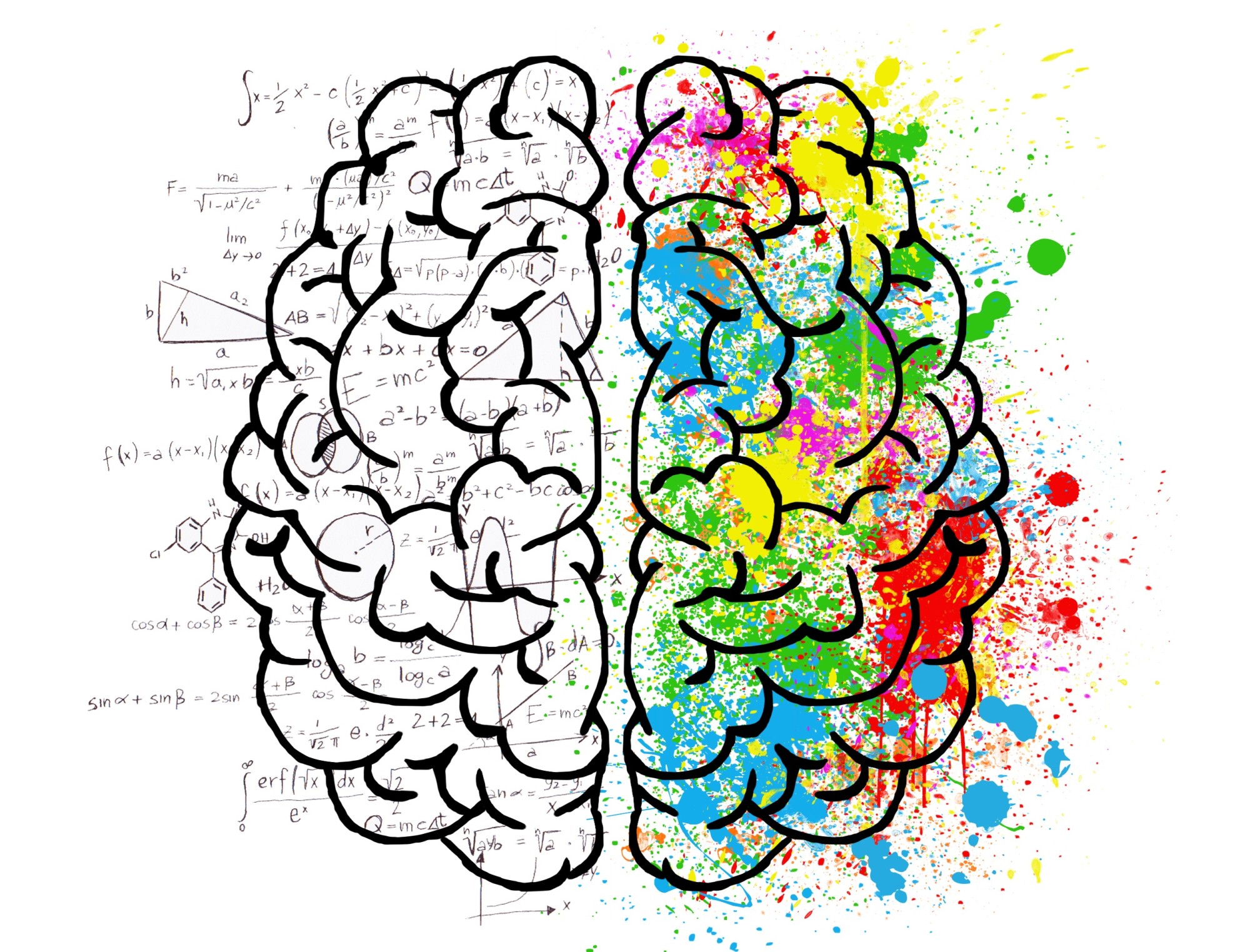

The Psychology of Color in Marketing (And How It Applies to Your Website)
It may seem like your intuition is the best guide when it comes to marketing your business. While that’s true in some instances, there are other times when it’s best to take a close look at the research that can direct you in the right direction.
One area that might require some extra thought is how to use color in your marketing campaigns. We’re going to explore the psychology of color in marketing in this article, giving you some insight into what it is and how to make it work for you.
Let’s get to it.
How to Use the Psychology of Color in Marketing
After you work through this article, do yourself a favor and browse around online a little bit. Take note of the colors that dominant brands use to market their products.
Once we’re aware of the effect that color has, we realize how important it is to the image of the products we buy. Use some of the following insights to decipher what those brands might be trying to convey.
Additionally, consider how you can use color to craft your brand’s presence as you market on yourself on things like social media platforms.
Factors that Color Influence
There’s research on every hue of the color wheel and how it affects consumer behavior. We don’t have enough time to decipher every color in this article, but we can give you some key insights into what color does when a consumer pairs it with a brand.
First, color can convey significant themes to a person without having to use language. Red, for example, is effective at inciting passion, anger, power, bravery, and danger.
That red can signify can entice someone to follow those emotions or indicate that a person should feel those things in a negative way. Red, of course, is used in most “danger” signs, stop signs, and red lights.
Color can also signify important characteristics of your brand’s personality. Yellow, for example, indicates warmth and happiness. The psychology of color works its way into demographic differences as well.
Some demographics prefer certain colors to others, and those differences should be noted in your campaign.
How to Use Color to Your Advantage
Good use of color in your marketing campaign requires that you understand precisely what you’re trying to convey.
The tone of your message, the character of your brand, the specifics of your audiences, and the platform you use should all affect the color scheme you decide on.
You might be surprised to find that nearly every human emotion or feeling that you’d like to get across has a color that corresponds to it. While it may seem irrelevant, it’s important to note that most of the work that color psychology does happens on an unconscious level.
People associate colors with feelings without necessarily knowing it, which is why we aren’t always aware of the effect that branding has on us even as marketers and business owners.
Need Help with Your Marketing Campaign?
Hopefully, our look at the psychology of color in marketing was enough to get the ball rolling for you. There’s a lot more to learn, though, and we’re here to help you along the way.
Contact us and learn how to effectively market your business moving forward.

